Everybody Walks
Walking promotes education, citizenship and urban quality. Employment and the economy. It also benefits public health, quality of life and gender equality.
Walking is the most obvious means of transportation, and the most commonly used mode of locomotion until more recent times.
Reasons for promoting walking include:
Education, citizenship and quality of social interaction
Encouraging behavioral change, fostering citizenship, and promoting education related to mobility. While walking is the most natural form of mobility, it’s not always an attractive or feasible option due to urban and architectural barriers, road safety concerns, and lack of nighttime illumination. The street environment needs to be inviting for pedestrians.
A new mobility culture is desired, based on walking and other active modes, combined with public transportation and rational use of individual transport.
Urban qualification, proximity and habitat
It is important that the environment or human habitat allows for closer relationships. Children should be able to walk to school and people with limited mobility should have the ability to move around.
Urban planning and land use are essential components to ensure a meaningful and effective relationship between “home-work-school-leisure.” This can be achieved by promoting and enhancing pedestrian mobility through:
- Reducing daily travel time and distance;
- Managing mobility effectively;
- Repurposing obsolete spaces or buildings;
- Expanding pedestrian infrastructure and public spaces accessible to everyone;
- Implementing coexistence areas;
- Creating green and blue infrastructures;
- Introducing inclusive urban furniture and information systems.
Environment and climate change
According to the State of the Environment Report, by the Portuguese Environment Agency, 25,8% of Greenhouse Gas emissions come from transportation, particularly those powered by fossil fuels. It is urgent, therefor, to change the dominant mobility model.
Walking or cycling for transportation are more rational options because they consume fewer resources than individual motorized transport. By choosing these modes, transportation of people and goods becomes more efficient, with greater benefits for public and individual health. While producing an automobile emits several tons of CO2 , manufacturing a bicycle and maintaining it consume fewer resources.
Transitioning to more sustainable modes, such as walking and/or cycling, and investing more in public transportation are effective ways to combat climate change, leading to:
- Reduction in pollutant emissions and Greenhouse Gases;
- Improved air quality;
- Reduced noise pollution;
- Decreased congestion.
Employment and economy
Increaseing pedestrian mobility can drive changes in the economic fabric, generating qualified employment. Pedestrian mobility enhances social interaction in public spaces, promoting their use. This, in turn, highlights local economic activities.
By supporting local consumption, we stimulate the growth of neighborhood commerce, strengthen relationships with local producers, and establish a proximity-based economic model. This approach encourages markets for organic products, fair trade, and, most importantly, reduces ecological footprint.
Examples of cities with a strong pedestrian dimension include Vitoria-Gasteiz (urban and nature routes), San Sebastian (urban and nature routes), Bilbao (urban routes and nature routes), Barcelona (urban and nature routes), and Ljubljana (routes urban it’s from nature) where among other benefits, improved conditions for walking have led to an increase in tourism.
Nature tourism, with activities like walking and cycling, also benefits. Walking is one of the best ways to explore the country and counteract seasonal fluctuations in the tourism sector. The Portuguese Trails project by Turismo de Portugal exemplifies this dynamic approach.
In terms of the economy and employment, the following initiatives should be promoted:
- Revitalizing street commerce and proximity functions, this will lead to increased employment opportunities;
- Encouraging local producers to establish direct business models with street and neighborhood shops;
- Boosting sustainable tourism that helps to reduce seasonality and encourages active, accessible, and senior-friendly tourism;
- Urban rehabilitation with accessibility and inclusion: urban spaces should be designed to accommodate people with limited mobility, enhancing the overall quality of public spaces.
Public health and quality of life
Universal healthcare systems should prioritize preventive measures over curative ones. Walking is unanimously recognized as crucial in this context. World Health Organization statistics highlight physical inactivity as a risk factor for chronic non-communicable diseases such as diabetes, depression, cardiovascular diseases, cancer, and respiratory conditions. These affect 500 million people worldwide with a cost of 2,25 billion euros.
The analysis conducted during the COVID-19 pandemic, as documented in the United Nations report “Cities and Pandemics: Towards a More Just, Green and Healthy Future” underscores the importance of reconfiguring urban systems to sustainable territories. This approach is grounded in a holistic vision of inclusive planning.
Regarding health and quality of life, actions and measures should be encouraged in the following areas:
- Educating for a new culture of disease prevention through active and healthy lifestyles;
- Preventing cardiovascular diseases and other conditions where daily walking offers benefits;
- Preventing and controlling obesity by reducing sedentary behavior and physical inactivity;
- Reducing road accident victims;
- Enhancing overall health and well-being of the population;
- Decreasing the incidence of respiratory problems;
- Increasing health literacy, empowering informed decision-making regarding model of transportation and emphasizing the value of walking.
Gender equality
Gender analysis reveals specific mobility patterns. According to data from the 2021 Census and the Institute of Mobility and Transport, 64% of the Portuguese population holds a driver’s license, with the majority being male (56%).
Possessing a driver’s license influences individual transport choice. The predominance of male drivers helps explain the feminization of public transportation. For women, the dual and triple burden often leads to more trips for various reasons.
The relationship between pedestrian mobility and public transport is symbiotic. Increased use of public transport contributes to higher levels of pedestrian and cycling mobility.
Promoting Gender Equality, Access, and Safety:
- Expland public transportation availability, both spatially and in frequency, tailored to social and temporal contexts, as well as the specific needs of individuals with limited mobility;
- Adapt urban areas for walking, considering the physical, sensory and cognitive conditions of each person;
- Improve road safety and personal security.



